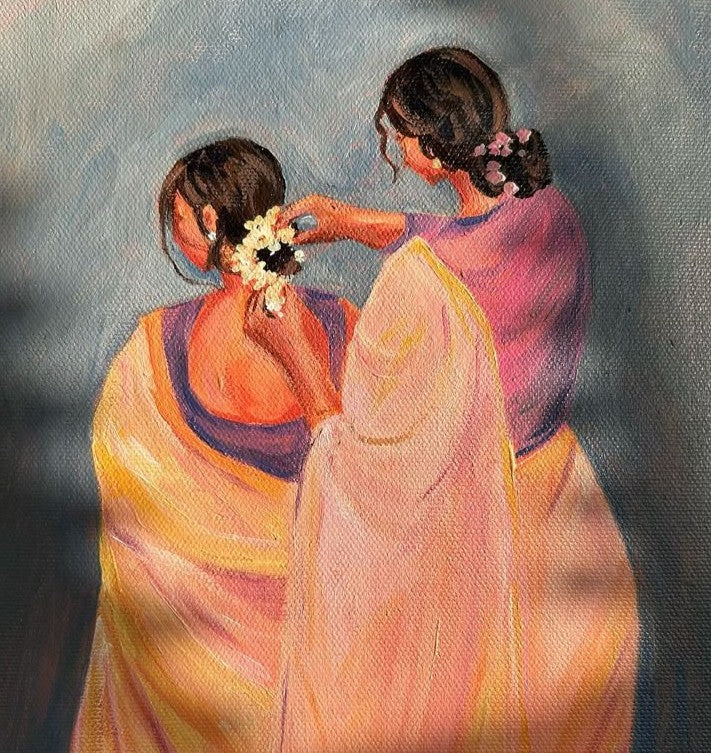The month of May ushers in longer days, a string of auspicious events from Akshaya Tritiya to Narasimha Jayanti, and the quiet build‑up to the wedding season. In many Indian homes, this is the moment when cupboards are aired, silverware is re‑polished, and the home temple receives its annual “spring cleaning.” Below are five simple but deeply significant items you can add to your ritual space this month, alongside the cultural, spiritual, and even scientific reasons they deserve a permanent spot on your shelf.

1. Lemongrass Essential Oil – The Modern Substitute for Dhupa
For centuries, temples have relied on dhupa—a blend of herbs, resins, and citrus rinds—to create an uplifting atmosphere before the first mangala aarti. Lemongrass essential oil is, in many ways, dhupa in a bottle. Ayurvedic texts classify lemongrass as kapha‑vata shamak (balancer of sluggishness and restlessness), and modern research backs that claim: diffusing lemongrass can reduce systolic blood pressure and perceived stress in under ten minutes. A few drops in water or a clay diffuser cuts through cooking odours, wards off insects, and signals to the mind that it’s time for inner work.
 Picture Courtesy: Nirmalaya
Picture Courtesy: Nirmalaya
2. Bamboo‑less Tulsi Dhoop Sticks – Smoke Without the Soot
Tulsi’s status as a purifier is both scriptural and botanical. The plant releases eugenol and caryophyllene—compounds shown to inhibit airborne bacteria. Traditional incense often uses a bamboo core that, when burned, adds particulate matter to indoor air. A bamboo‑free tulsi stick replaces that core with compressed temple‑flower powder, giving you the aromatherapeutic benefits of tulsi and rose petals while cutting soot by nearly 30 %. Light one during evening sandhya, and you will notice less “nose sting,” but the same mellow cloud curling around your deity.


Picture Courtesy: Nirmalaya
3. Panchgavya Ghee Diyas – Five Elements in One Flame
The Charaka Samhita notes that a flame fed by cow ghee generates negative ions that bind to dust and neutralise odours. Incorporating panchgavya—ghee, gomutra, cow dung, curd, and milk—represents the holistic nourishment a cow gives. When these diyas burn, they release trace organic vapours believed in Vedic practice to cleanse dosha (energetic imbalance) and invite Lakshmi into the household. On a pragmatic note, a pre‑moulded panchgavya diya lasts almost twice as long as a cotton‑wick lamp, so the lamp will continue glowing through longer evening chants.

Picture Courtesy: Wow Nandi
4. Aroma Therapy Stick Trio – Oud, Rose & Chandan
Each of these three fragrances has a unique vibration in traditional ritual science:
-
Oud (agarwood) is called the “scent of the gods” in Arabian lore; its resinous profile is grounding, perfect for mantra japa.
-
Rose is regarded in Bhakti texts as the flower of unconditional love; its scent lifts emotional heaviness.
-
Chandan (sandalwood) cools the mind and symbolically “sedates” anger, according to Brihat Samahita.
Rotating them through the week keeps your olfactory system from habituating, so you actually feel their effects. Neuroscientists call this “olfactory novelty,” and it’s been linked to better mood regulation.


Picture Courtesy: Wow Nandi
5. Mini Havan Cups – Vedic Smoke Detox Made Easy
Indoor havan need not mean a clouded living room. Mini cups blend cow dung, neem bark, camphor crystals, and sambrani resin into a slow‑burn briquette that fits on a small brass plate. Studies from India’s Defence Institute of Physiology show that such herbal smokes can reduce airborne pathogenic load by 90 % within an hour. The ritual act of circling havan smoke around the home—dhoopana—originates in the Sushruta Samhita as a method to disinfect sickrooms. Today it doubles as a spiritual reset and an eco‑friendly alternative to aerosol sprays.

Final Takeaway
Refreshing your temple doesn’t mean a top‑to‑bottom overhaul. Introducing even one of these products can sharpen the sensory cues that tell your mind it’s time to pause, breathe, and connect. Think of the lemongrass diffuser as your morning bell, the tulsi stick as your evening curtain‑call, and the panchgavya lamp as the silent witness to every chant in between. Embrace May’s auspicious energy, and let each whiff of rose or crackle of havan affirm a simple truth: a sacred space, however small, is the cornerstone of a centred life.












